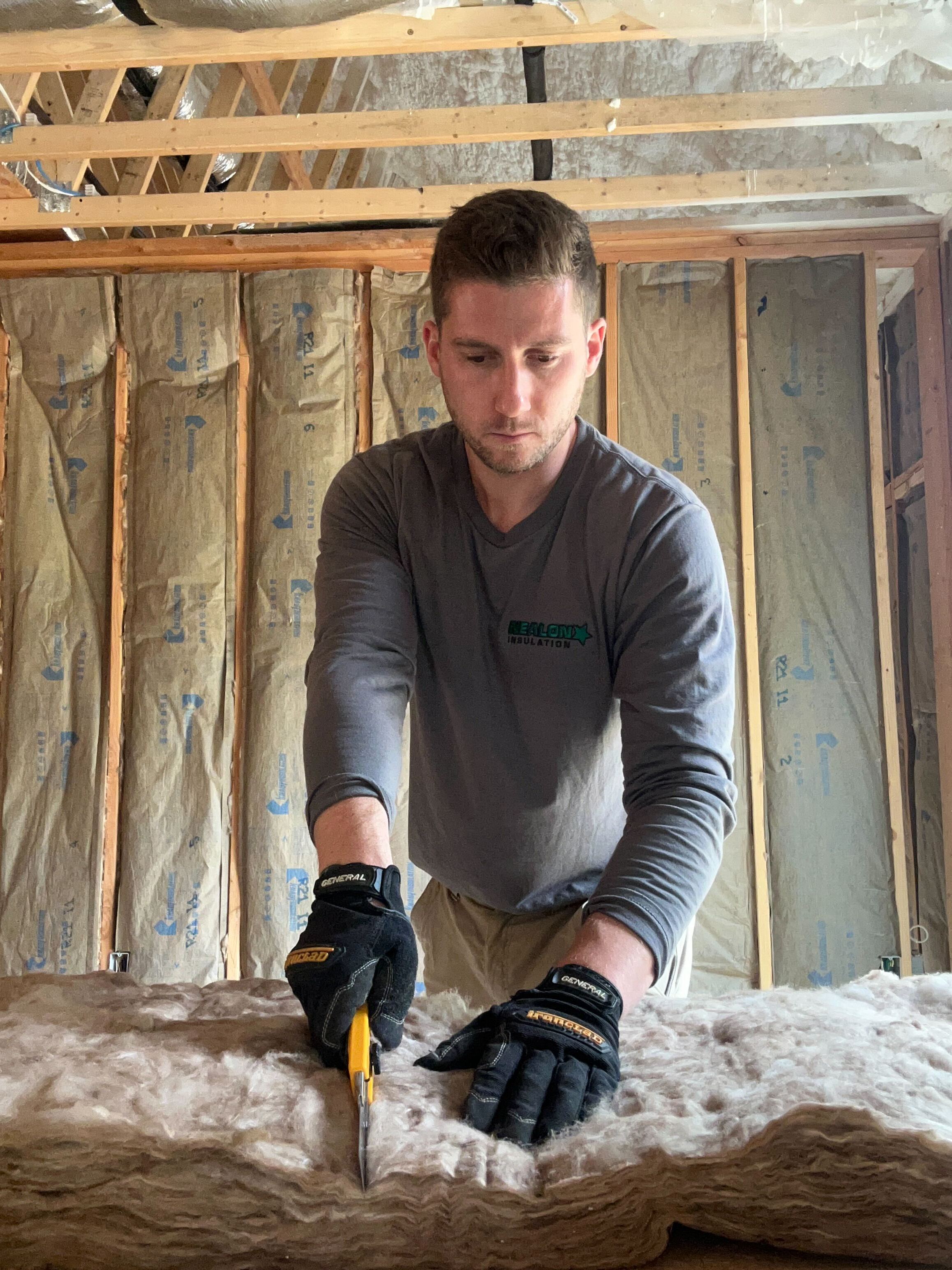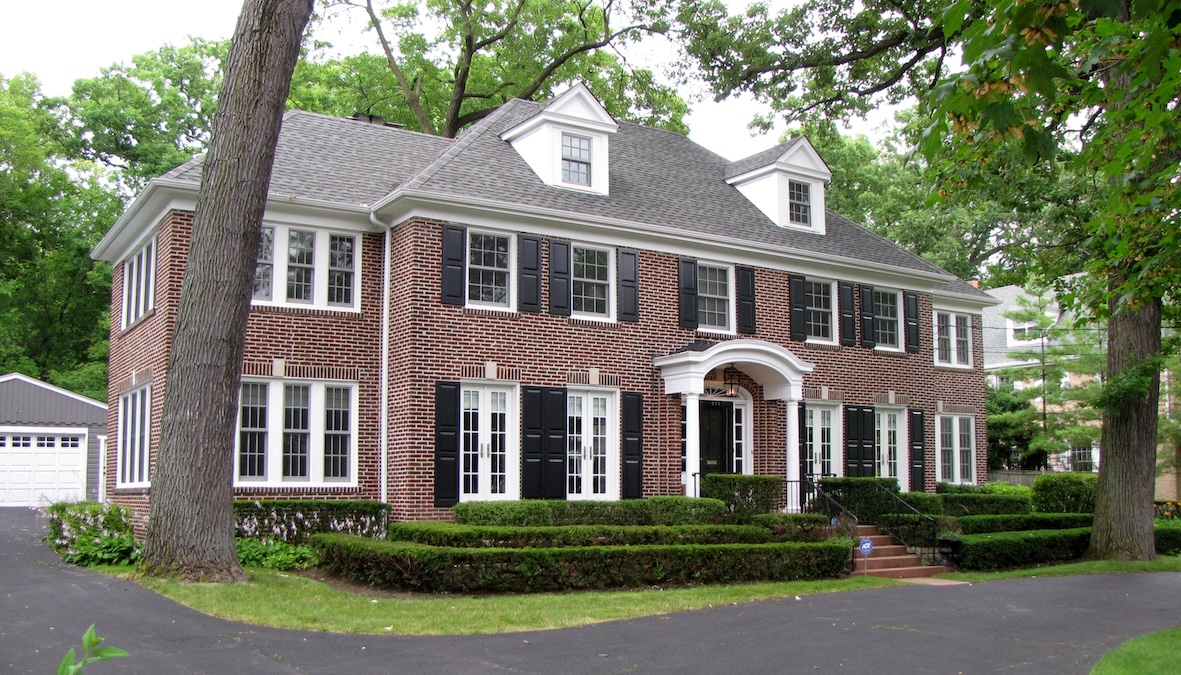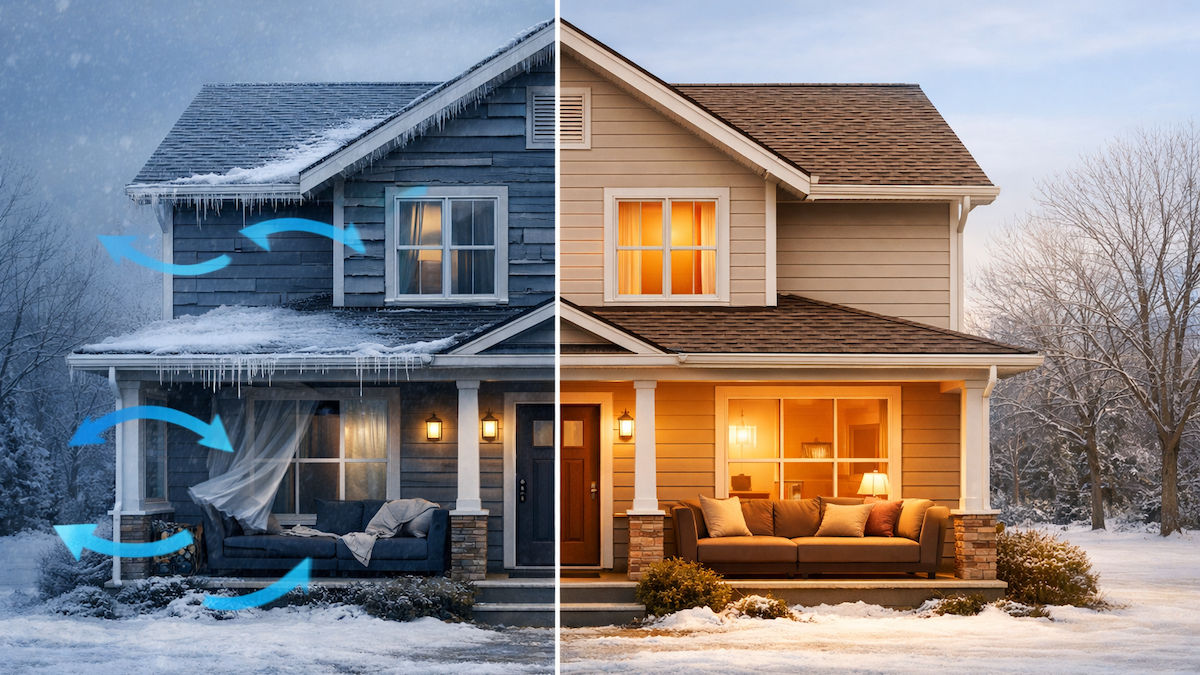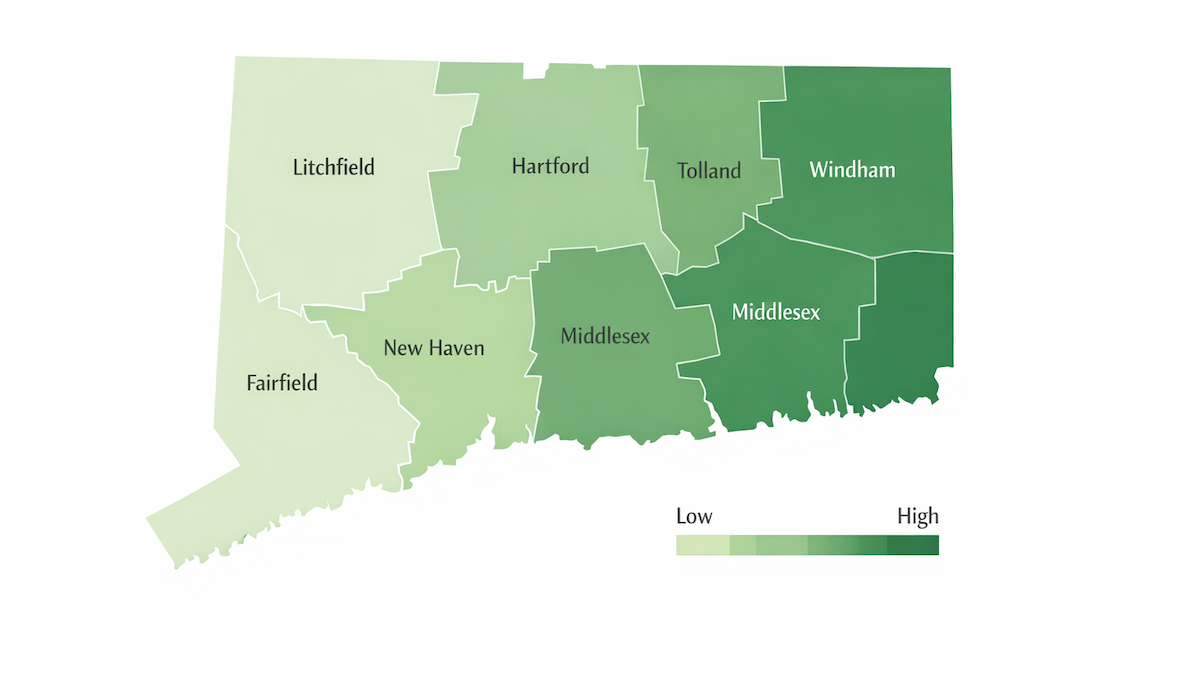How Much Money Will I Really Save by Upgrading my Insulation?

Let’s be honest—insulation isn’t sexy. It’s not something you show off to your neighbors. It’s not your renovated Kitchen with marble finishing or a beautiful new stone deck with a built in grill and smoker.
No one’s coming over to crack open beers and admire the craftsmanship… “Wow, check out that R-49 blown cellulose insulation! There’s no lumps or anything!”
But… if you own a home in Connecticut, insulation might be the most boring way to save yourself the most money. You won’t get oooh’s and aaah’s but you will get lower energy bills, a more comfortable home, and fewer fights over the thermostat.
But I know what you’re now asking yourself… how much can I really save? How long does insulation take to pay for itself?
🥁🥁🥁
The Short Answer: 2 to 5 Years…
The Even Shorter Answer: It depends! But it does works
But definitely don’t take my word for it. What do I know, I’ve only been doing this for 40 years… And I’ve been told I’m biased or something…
Let’s see what the Research Says
According to the U.S. Department of Energy (DOE) and Energize CT, insulation and air sealing will shave 15–30% off your heating and cooling bills. In Connecticut, where winters are long and heating oil is basically liquid gold, that adds up!
- The average Connecticut household spends around $2,000 per year on heating and cooling combined (source: EIA.gov).
- So let’s do some quick math!
- If you saved 20% on your heating and cooling bills that’s $400/year back in your pocket.
- If your insulation project costs around ~$2,000 that’s about a 5 year payback
- If you save closer to 30%...that’s less than a three and a half year payback
- After that it’s just continuous money in your pocket for the next 25-30 years until you need another upgrade
But like I said before… it depends!
Not to brag or anything but we’ve upgraded homes in which the payback period was fewer than 2 years!
Add in Connecticut’s Home Energy Solutions program, and it gets better. The program can often cover up to 75% of the cost through rebates and incentives.
Facts, Myths, and We-Just-Don’t-Know
There’s a lot of information floating around out there...let’s break it down.
✅ Facts
- Insulation reduces energy bills.
- This is backed by the DOE, ENERGY STAR, and pretty much anyone who’s upgraded their insulation and compared their before and after their utility bill afterward.
- This is backed by the DOE, ENERGY STAR, and pretty much anyone who’s upgraded their insulation and compared their before and after their utility bill afterward.
- Air sealing matters. A lot.
- Think of it like this: insulation is your sweater. Air sealing is zipping up your jacket. Both are good. Together, they’re great. You can air seal and insulate with spray foam.
- Think of it like this: insulation is your sweater. Air sealing is zipping up your jacket. Both are good. Together, they’re great. You can air seal and insulate with spray foam.
- Rebates are available.
- EnergizeCT offers rebates and sometimes even 75% coverage for audits and weatherization. Here’s the link.
- EnergizeCT offers rebates and sometimes even 75% coverage for audits and weatherization. Here’s the link.
- Older homes in CT are often wildly under-insulated.
- Especially if they were built before 1980. Some wall cavities are literally empty.
- Especially if they were built before 1980. Some wall cavities are literally empty.
❌ Myths
- “Insulation only helps me in the winter.”
- Nope. It helps in summer too by keeping heat out and ensuring more efficient AC use. Ever been in an attic in July? If so, you get it.
- Nope. It helps in summer too by keeping heat out and ensuring more efficient AC use. Ever been in an attic in July? If so, you get it.
- “If I have insulation, I’m good.”
- Maybe. But maybe not. A lot of homes have insulation that’s:
- Just not enough
- Poorly installed
- Degraded over time
- Maybe. But maybe not. A lot of homes have insulation that’s:
- “It’s too expensive to be worth it.”
- With rebates and long-term savings, insulation’s one of the few home upgrades that pays for itself—and then keeps paying.
- With rebates and long-term savings, insulation’s one of the few home upgrades that pays for itself—and then keeps paying.
🤷♂️ We Just Don’t Know
- Exactly how fast your home will pay it back.
- We need to see the place. Every home is different. We’ll look at square footage, current insulation levels, energy bills, and then we can estimate savings and rebates.
- We need to see the place. Every home is different. We’ll look at square footage, current insulation levels, energy bills, and then we can estimate savings and rebates.
- How much longer Connecticut winters will get.
- Between polar vortexes and mild Decembers, who knows. But insulation helps regardless.
- Between polar vortexes and mild Decembers, who knows. But insulation helps regardless.
- Why builders didn’t insulate better in the '60s and '70s.
- Your guess is as good as ours. Maybe they just loved single-pane windows and cold feet.
- Your guess is as good as ours. Maybe they just loved single-pane windows and cold feet.
Wait… What Even Is R-Value?
Good question — and one most folks are too embarrassed to ask. So here’s the short answer:
R-value measures how well insulation resists heat flow.
The higher the R-value, the better your insulation keeps warm air in during winter and hot air out during summer. Think of it like SPF for your house — R13 is the bare minimum, R49 is like putting your house in the shade with a margarita.
Here in Connecticut, attics are supposed to be R49 to R60, depending on your town and how aggressive you want to be about energy savings. That usually means 13 to 16 inches of cellulose or fiberglass. (Spoiler: a lot of older homes don’t even have half that.)
And here’s where it gets even more important:
If your insulation is compressed, damp, or full of gaps, it loses R-value. That means you're paying for something that isn’t doing its job — like a winter coat with holes in the lining.
Final Thoughts
Insulation’s not flashy. It’s not fun to talk about at parties (...actually it is for us). But in terms of bang-for-your-buck, it’s one of the best home improvements you can invest in.
Here’s what you get:
- Real savings
- Real comfort
- A more efficient, quieter, and healthier home
If you’re in Connecticut, you’ve got access to generous incentives. We’ll even help you apply for them. So if your house is cold, drafty, or your energy bills are making you sweat—get in touch.
👉 Get in touch with Nealon Insulation. We’ll take a look, give you honest feedback, and let you know if it makes sense. No pressure. No BS. Just real talk, real results, and real insulation.
P.s Fiberglass insulation can be a cheaper alternative to upgrade insulation
Related Articles
Let's Work Together
Ready to transform your home into an energy-efficient haven? Schedule your free energy assessment today and experience the Nealon difference for yourself.



